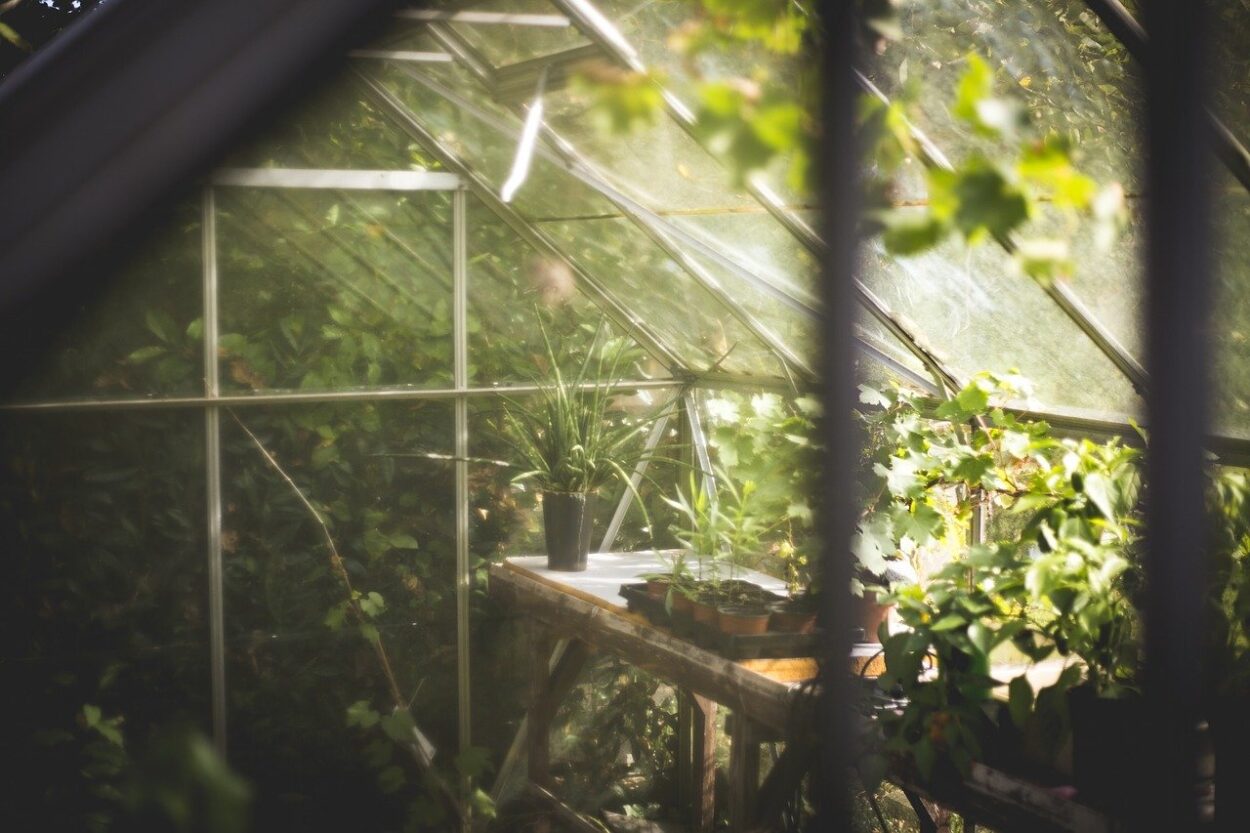The back of the seed packet said to plant rows two-to-three feet apart, but my garden is small and even the minimum felt like wasting space. I planted them one foot apart in May, but I regretted it by August, when the middle row of plants had withered between the outer rows, and weeds I couldn’t see in July had sprung up in competition.
I also fill too much space when I start to write. I confuse my topic with my argument and grow many ideas instead of one. My scope loses boundaries as I define every term and explore peripheral tangents. I crowd my thesis statement with aspirations to universal insight and meaning. “This paper outlines a best practice for growing tomatoes in New England and also fixing global climate change.”
I have learned with time that my ideas need more space and care than that. I cannot comprehensively address any topic in a single course paper, or a single Master’s thesis, or even a single dissertation. If my first draft is as long as the whole paper should be, it is too much. If my research question has four parts, each with three sub-questions, it is too much. If my goal for this paper is to do more than plant one seed, it is too much.
Now, when I remember to, I begin smaller. Like tomatoes, my ideas need room to grow. I need room to examine them, to pull out the weeds, and to prune the branches. I need room to add detail without adding distractions, and room to explain nuance without overwhelming the main idea. The ideas I don’t choose to plant in this paper aren’t gone—they can grow later. And, if I leave them room to breathe, the ideas I do choose can thrive.

John Dunham
Virtual Writing Center Coordinator
Antioch University



